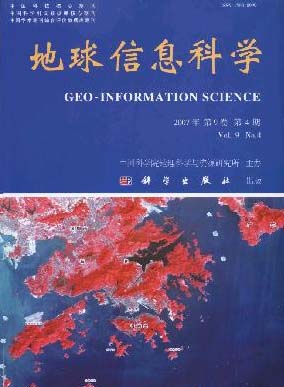ARTICLES
YANG Haijun, SHAO Quanqin, CHEN Zhuoqi, ZHANG Shuai
2007, 9(4): 5-12.
Recently,serious forest decreasing,land degradation,environmental pollution,biodiversity losing,especially carbon dioxide concentration increasing and greenhouse effect have become the most crucial global environmental change problems. The concentration of the atmospheric CO2,one of the most important greenhouse gases,witnessed an increasing process since the beginning of industrialization,it increased from its pre-industrial value of 280 ppmv to its present value of 366 ppmv. It has been proved that human activities,including fossil fuel burning,cement production,and land-use change,have severely disrupted the model of the carbon cycle,thereby altering the climate system and affecting the processes and mechanisms in terrestrial ecosystems. Understanding the consequences of these changes in the coming decades is critical for the formulation of political,economic,energy,and security policies. Thus carbon cycle study in global scale has attaracted more and more attention currently. Forest biomass storage approximates 90% of the biomass in terrestrial ecosystems. To assess precisely the role forest playing in global carbon and understand the role forest ecology system playing in carbon cycle,an increasingly effort has been made worldwide to study the carbon dynamic more accurately. In this paper,several methods to estimate the carbon stored in forests were discussed. They are forest sample site inventory method,model modeling method and remote sensing method. The existing problems of using these methods are analyzed. Moreover,some problems unsettled in carbon cycle and development tendency are specified concisely.
